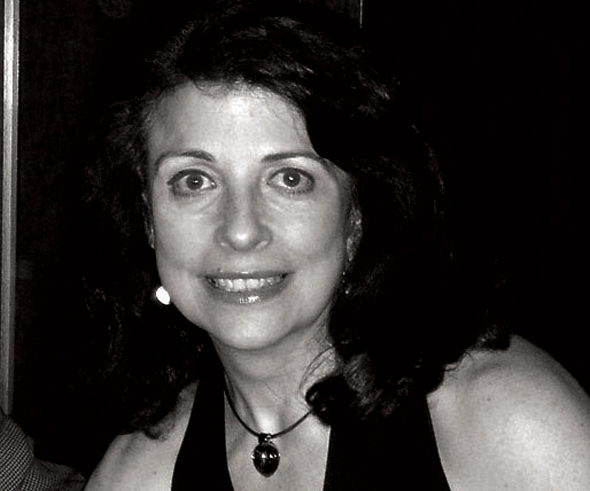Echoes of Life: Developing Ultrasound Technologies

Obstetric ultrasound has proven such a valuable diagnostic tool since the late 1950s that it’s become a cornerstone of monitoring fetal development. Revolutionary innovations continue to transform the field, providing both doctors and pregnant women with an astounding and ever-increasing array of information about the fetuses they care for. On Tuesday, September 18, Beryl Benacerraf ’71, one of the leading researchers in ultrasound technology, presents her pioneering work in prenatal diagnosis (including how she first learned to detect Down syndrome by ultrasound), and how her newest interest, 3-dimensional ultrasound, promises even further advancements.
The first Barnard graduate to give a Silver Science Lecture, Dr. Benacerraf will discuss her own journey from being a severely dyslexic child to becoming an Alpha Omega Alpha graduate of Harvard Medical School and, later, a Harvard Professor. Her radiology internship and residency training in ultrasound were completed at Massachusetts General and Brigham and Women’s hospitals, where she later served as director and co-director of obstetrical ultrasound. Dr. Benacerraf continues seeing patients at Brigham and Women’s, as well as at Diagnostic Ultrasound Associates, where she is president and medical director.
In 1994, Dr. Benacerraf became the first woman clinical professor of Obstetric, Gynecology and Reproductive Sciences at Harvard Medical School. Subsequently, she also became clinical professor of Radiology at Harvard Medical School. Having authored over 250 peer-reviewed articles, she has focused her research on the detection and significance of fetal anomalies. Dr. Benacerraf is the Editor-in-Chief of the Journal of Ultrasound in Medicine. She has contributed chapters to many textbooks in the field and is the author of Ultrasound of Fetal Syndromes, a diagnostic reference text soon to enter its second edition.